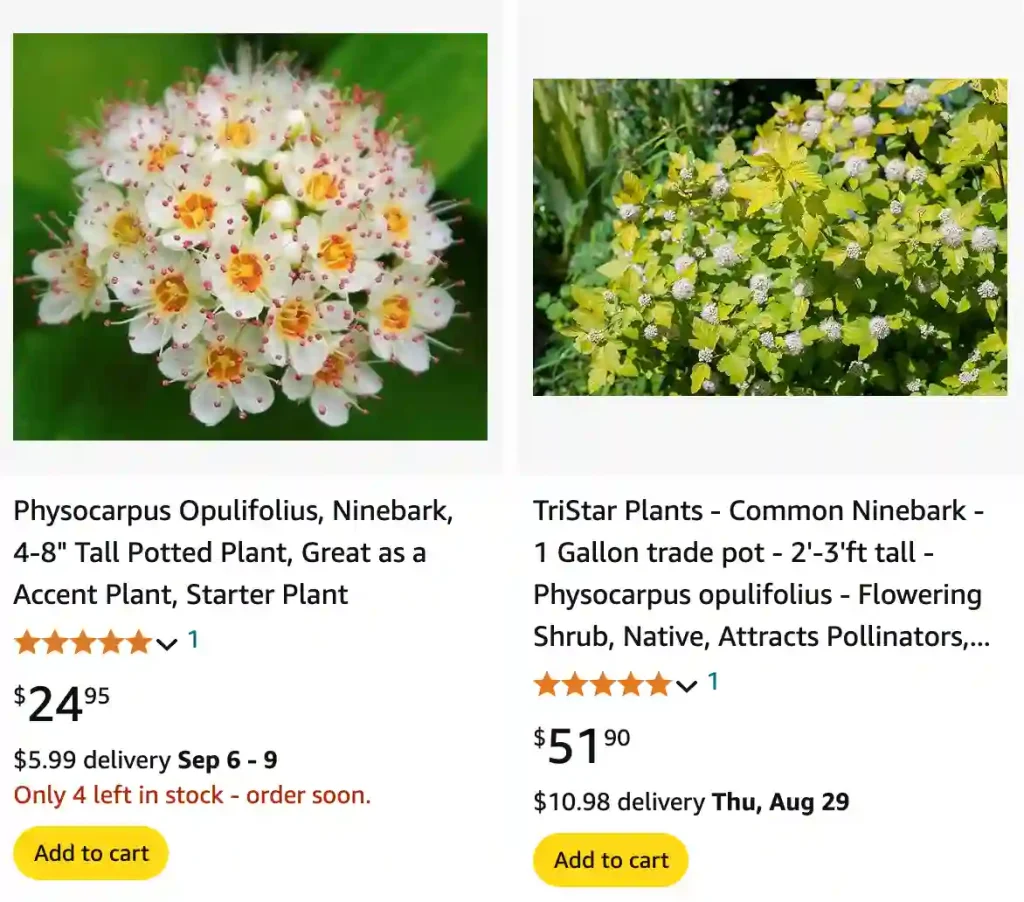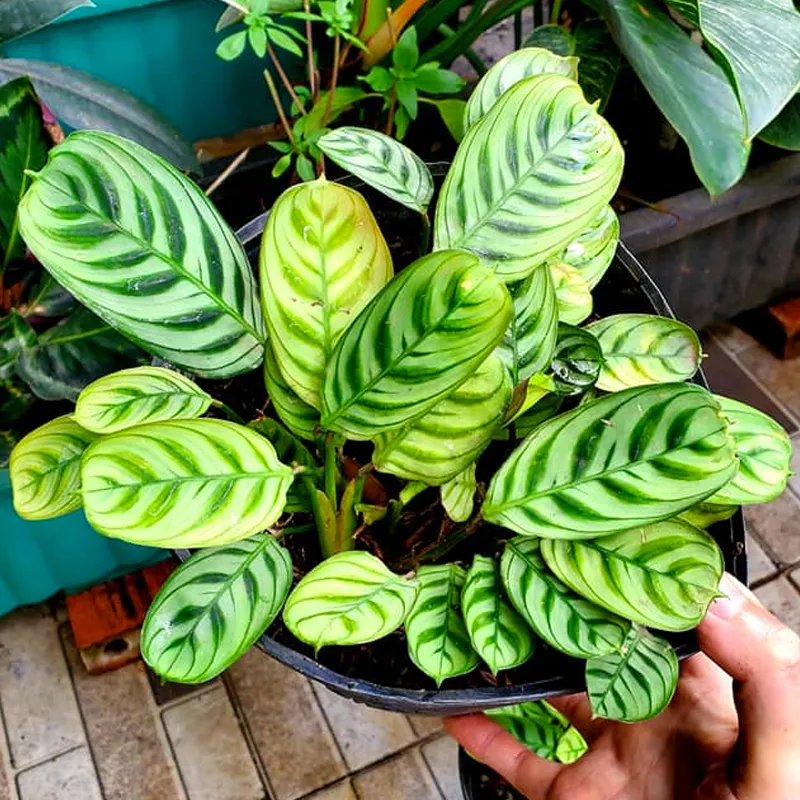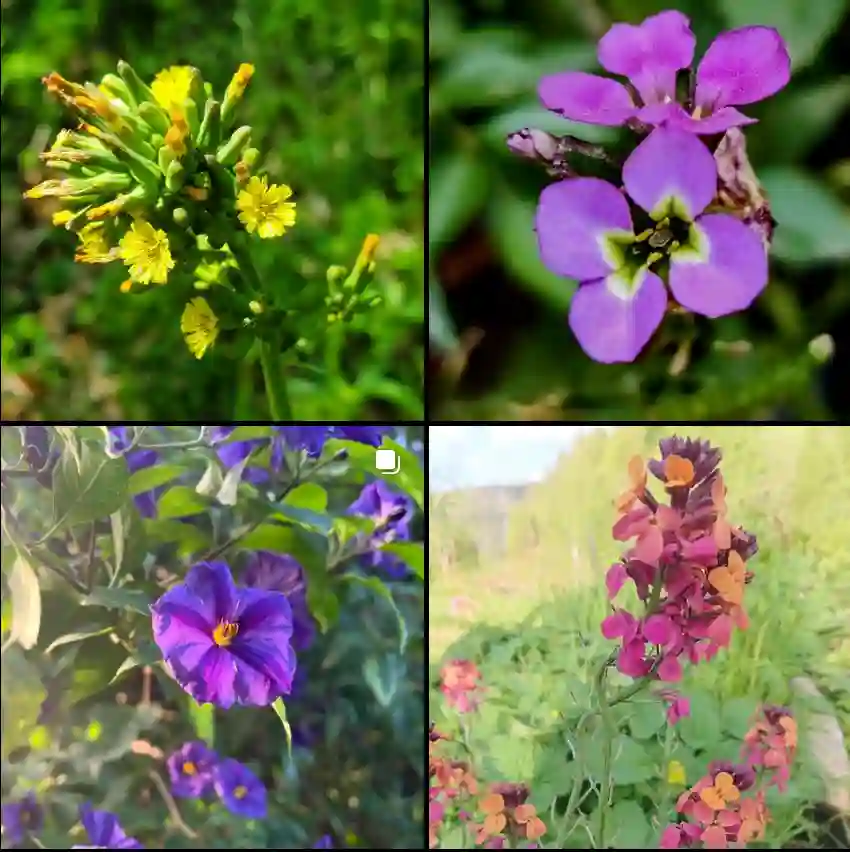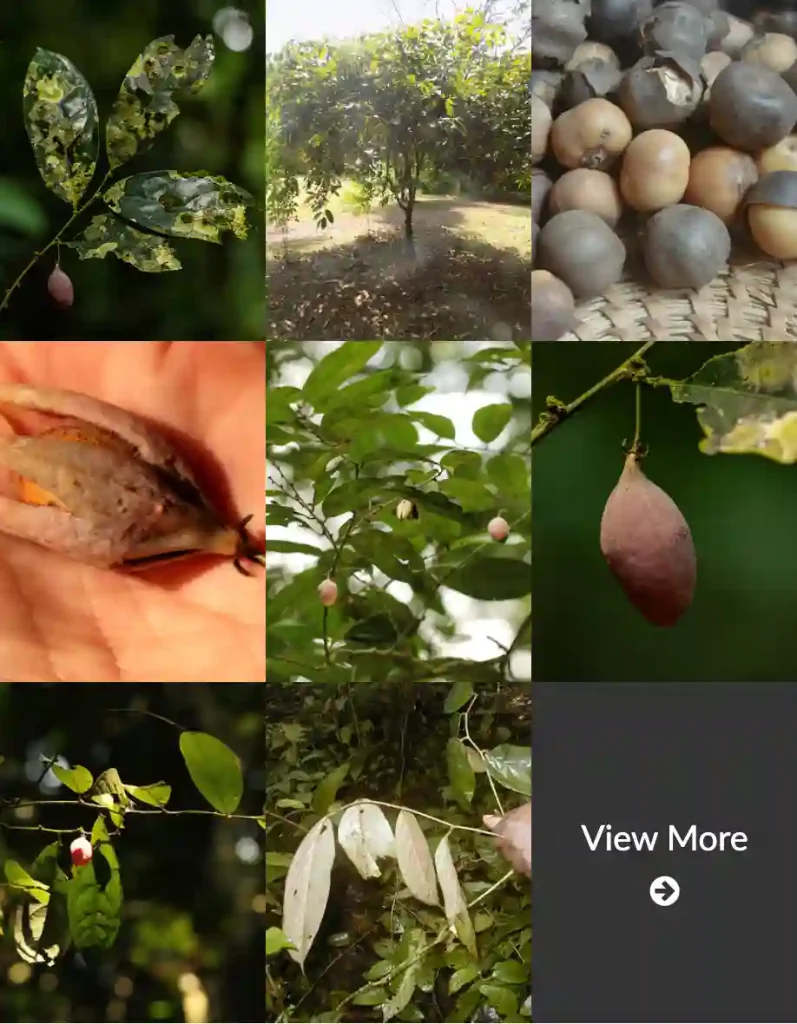
Ninebark: Frequently Asked Questions and Tips
Ninebark (Physocarpus Opulifolius) is a versatile and resilient shrub that has become a favorite among gardeners, including myself. Its beautiful foliage, attractive bark, and easy-care nature make it a standout choice for landscaping. Over the years, I’ve encountered many questions about Ninebark, so I thought I’d address some of the most common ones here.
7 Species in Genus Physocarpus
What is Ninebark?
Ninebark is a deciduous shrub native to North America, known for its peeling bark, which creates an attractive texture, especially in winter. The plant’s name comes from the appearance of its bark, which peels away in multiple layers, resembling nine layers. Ninebark features clusters of small, white or pinkish flowers that bloom in late spring to early summer, followed by red or purple seed capsules that add interest through the fall.
When to Prune Ninebark?
Pruning Ninebark is best done in late winter or early spring before the new growth begins. This timing allows the plant to heal quickly and reduces the risk of disease. Pruning in late spring after the plant has bloomed is also an option if you want to shape the plant or control its size without sacrificing flowers.
How to Prune Ninebark?
Pruning Ninebark is straightforward. Start by removing any dead, damaged, or diseased branches. Next, thin out crowded areas to improve air circulation, which helps prevent diseases like powdery mildew. If you’re shaping the plant or reducing its size, cut back the longest branches to a healthy bud. For a more natural look, stagger the cuts so that they vary in length.
Is Ninebark Deer Resistant?
One of the great things about Ninebark is that it’s generally deer-resistant. While no plant is entirely safe from a hungry deer, Ninebark’s bitter-tasting leaves make it less appealing to them. This makes it a good choice for gardens in areas with high deer populations.
How to Treat Powdery Mildew on Ninebark?
Powdery mildew is a common problem for Ninebark, especially in humid conditions. To treat powdery mildew, I recommend using a fungicide specifically designed for this type of mold. Make sure to follow the instructions on the label for the best results. Preventive measures include ensuring good air circulation by not planting Ninebark too close together and avoiding overhead watering.
When Do Ninebarks Bloom?
Ninebark typically blooms in late spring to early summer, depending on the climate. The flowers are small, usually white or pinkish, and appear in clusters. After blooming, the flowers are followed by attractive seed capsules that add visual interest.
How Fast Do Ninebark Grow?
Ninebark is a relatively fast-growing shrub. Under ideal conditions, it can grow about 1 to 2 feet per year. This makes it a great choice if you want to establish a quick privacy screen or fill in a landscape area swiftly.
How Big Do Ninebark Get?
Depending on the variety, Ninebark can grow anywhere from 3 to 10 feet tall and wide. Dwarf varieties like ‘Little Devil’ or ‘Tiny Wine’ stay more compact, while others, like ‘Diabolo’ or ‘Summer Wine’, can reach the higher end of that range.
Is Ninebark Invasive?
Ninebark is not considered invasive. It’s a native plant that fits well into North American ecosystems and doesn’t outcompete local flora. However, like any plant, it can spread by seeds, so keep an eye on seedlings popping up in unwanted areas.
How to Propagate Ninebark?
Propagating Ninebark is relatively easy. The most common method is by taking softwood cuttings in late spring or early summer. Cut a 4-6 inch piece of new growth, remove the lower leaves, and dip the cut end in rooting hormone. Plant the cutting in a pot with well-draining soil and keep it moist. It should root in a few weeks.
Is Ninebark Evergreen?
Ninebark is a deciduous shrub, meaning it loses its leaves in the fall. While it won’t provide year-round foliage, the peeling bark adds winter interest, making it attractive even when bare.
Is Ninebark Toxic to Dogs?
Ninebark is generally considered non-toxic to dogs. However, as with any plant, it’s always a good idea to discourage pets from chewing on it, just to be safe.
Ninebark vs. Spirea
Ninebark and Spirea are both popular landscape shrubs, but they have some differences. Ninebark is known for its peeling bark and arching branches, while Spirea is appreciated for its profuse clusters of small flowers. Spirea tends to have a more compact growth habit, making it a good choice for smaller spaces, whereas Ninebark can be used for larger, more dramatic plantings.
Ninebark vs. Weigela
Both Ninebark and Weigela are hardy, deciduous shrubs, but they differ in their appeal. Weigela is loved for its trumpet-shaped flowers that attract hummingbirds, while Ninebark is favored for its unique bark and foliage. Weigela typically blooms earlier in the spring than Ninebark and may have a second bloom in late summer.
Benefits of Growing Ninebark
Ninebark is low-maintenance, drought-tolerant once established, and adaptable to a range of soil types. Its attractive bark and flowers provide year-round interest, and its resistance to deer and most pests make it a robust choice for many gardens.
Common Problems with Ninebark
Aside from powdery mildew, Ninebark may occasionally face issues with aphids or scale insects. Regular inspection and prompt treatment with insecticidal soap or neem oil can help keep these problems in check.
What to Plant with Ninebark?
Ninebark pairs well with other shrubs and perennials that thrive in similar conditions. Consider planting it alongside coneflowers, black-eyed Susans, or ornamental grasses for a striking garden display.
Ninebark is a versatile and resilient shrub that brings beauty and practicality to any garden. Whether you’re looking to create a privacy screen, add texture, or enjoy its lovely flowers, Ninebark is a fantastic choice for both beginner and experienced gardeners.
If i die, water my plants!



